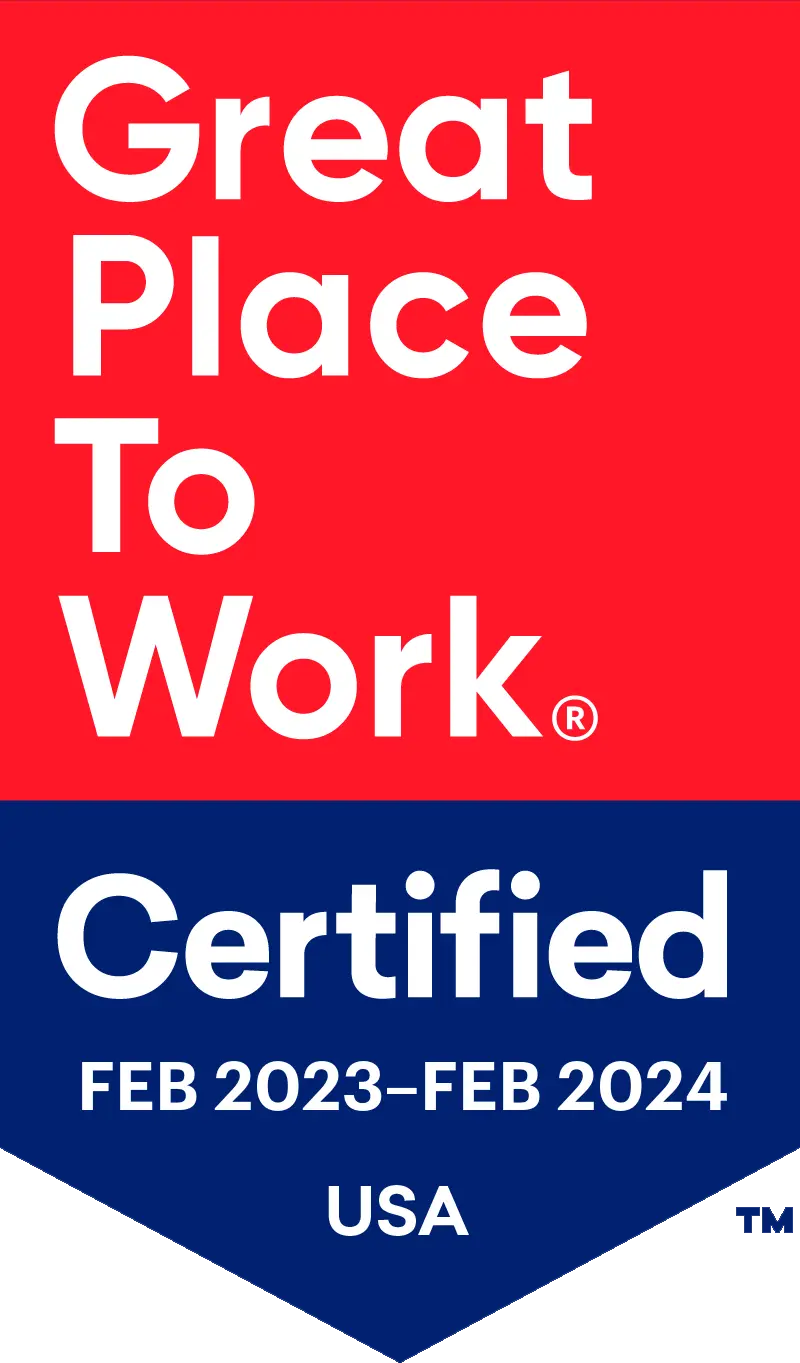Introduction
The equipment finance industry has undergone significant transformations in recent years, driven by technological advancements, evolving customer preferences, and heightened competition. To ensure a prosperous future, equipment finance companies must anticipate these changes and adapt their business strategies accordingly. In this article, we will explore the prevailing trends in the equipment finance sector and provide actionable advice to help equipment finance companies prepare for the future.
Current Trends in the Equipment Finance Business
Equipment finance has long been a favored choice for businesses seeking to acquire essential assets without the burden of substantial upfront costs. As we enter 2023, several notable trends are shaping the equipment finance landscape:
- Increased Flexibility: Businesses now demand greater flexibility in their equipment finance agreements. This includes adjusting financing terms, upgrading equipment, or terminating agreements prematurely without incurring hefty penalties. Equipment finance companies that offer enhanced flexibility are more likely to attract and retain clients.
- Digitalization: The industry is experiencing a digital revolution as equipment finance companies invest in technology to streamline processes and enhance customer experiences. This encompasses online application portals, digital signatures, and paperless billing systems designed to make transactions more efficient.
- Sustainability Focus: Sustainability has emerged as a pivotal concern for businesses. Consequently, green equipment finance options are gaining traction, allowing companies to lease assets that adhere to stringent environmental standards. This appeals to eco-conscious businesses seeking to minimize their ecological footprint.
- Collaborative Financing: Collaborative financing models enable multiple parties to share a single asset, reducing costs and optimizing resource utilization. For instance, several businesses may lease a commercial kitchen or warehouse space jointly. This approach fosters efficient resource sharing.
- Remote Monitoring: Remote monitoring technologies are increasingly used to track leased equipment, monitor usage, predict maintenance requirements, and prevent downtime. This proactive approach ensures that leased assets operate optimally.
- Diverse Financing Options: Equipment finance companies are diversifying their financing options, including lease-to-own arrangements, revenue-based financing, and comprehensive equipment financing solutions. This flexibility caters to a broader spectrum of clients with varying financial needs.
- Customization: Businesses seek personalized equipment finance solutions tailored to their unique requirements. This may entail customized lease terms, specialized equipment bundles, or bespoke support services. Equipment finance companies that offer tailored solutions are poised for competitive advantage.
- Data Analytics: Leveraging data analytics, equipment finance companies analyze customer data, identify trends, optimize lease terms based on usage patterns, and employ predictive analytics to foresee maintenance needs. Data analytics enhance efficiency and align services with customer demands.
- Increased Automation: Equipment finance companies are automating their operations to reduce costs and improve efficiency. Automation minimizes errors and enhances the overall customer experience.
- Market Expansion: Many equipment finance companies are exploring new markets to diversify their client base. This could involve geographic expansion, industry-specific targeting, or the introduction of new equipment and services.
These current trends in the equipment finance industry underscore the importance of staying attuned to market dynamics for sustained competitiveness and growth.
Preparing Your Equipment Finance Business for the Future
1. Embrace Digitalization: Digital transformation is no longer an option but necessary for equipment finance companies. Adopting digital technologies can significantly enhance the overall customer experience and operational efficiency.
- Online Portals: Implementing user-friendly online portals for lease applications simplifies the process for customers. This reduces paperwork and enables clients to initiate leasing transactions from anywhere conveniently.
- Digital Signatures: Incorporate digital signature solutions to expedite the signing of leasing agreements. This speeds up the process, enhances security, and reduces reliance on physical paperwork.
- Paperless Billing: Embrace paperless billing systems to streamline invoicing and payment processes. This approach reduces administrative overhead and aligns with modern eco-conscious business practices.
- Data Security: Data security becomes paramount with the increasing use of digital tools. Invest in robust cybersecurity measures to protect sensitive customer information and maintain trust.
2. Prioritize Sustainability: Sustainability is no longer just a buzzword; it’s a driving force in business decisions. Equip your company to offer sustainable equipment finance options:
- Green Financing: Develop financing packages that cater to environmentally friendly equipment and practices. This could involve leasing energy-efficient machinery, electric vehicles, or assets made from renewable materials.
- Environmental Compliance: Stay updated on environmental regulations and ensure that the equipment you finance adheres to these standards. Compliance mitigates risks and appeals to clients committed to sustainable operations.
- Carbon Footprint Reporting: Consider offering reporting tools that allow clients to track and report their carbon emissions, demonstrating your commitment to sustainability and helping clients meet their environmental goals.
3. Offer Flexibility: Meeting clients’ evolving needs is essential for long-term success. Flexibility in leasing arrangements is a key differentiator:
- Customizable Terms: Clients can tailor leasing terms according to their specific needs. Offering options for lease extensions, upgrades, or early termination with reasonable penalties can set you apart from competitors.
- Equipment Upgrades: Facilitate easy equipment upgrades during the lease term. This appeals to businesses seeking to stay technologically competitive without entering new leasing agreements.
- Flexible Payment Structures: Consider offering diverse payment structures, including variable payments based on usage, to accommodate varying financial circumstances.
4. Leverage Data Analytics: Data analytics empowers equipment finance companies to make informed decisions and enhance their services:
- Customer Insights: Analyze customer data to gain insights into their preferences and behaviors. This data can inform the development of tailored leasing solutions.
- Predictive Maintenance: Utilize predictive analytics to anticipate equipment maintenance needs. This proactive approach reduces downtime for clients and fosters stronger relationships.
- Pricing Optimization: Analyze market trends and historical data to optimize pricing strategies. Data-driven pricing can help you remain competitive and maximize profitability.
5. Enhance Customer Experience: In the equipment finance industry, customer experience is paramount. Exceptional service can differentiate your company from competitors:
- Responsive Customer Support: Maintain a dedicated customer support team that promptly addresses inquiries, resolves issues, and guides the lease term.
- Regular Communication: Keep clients informed about equipment availability, lease updates, and agreement changes. Effective communication builds trust.
- Educational Resources: Offer educational materials or workshops to help clients maximize the value of their leased equipment. This positions your company as a valuable partner.
6. Expand into New Markets: Diversification can mitigate risks and open new avenues for growth:
- Geographic Expansion: Evaluate opportunities to expand into new geographic regions or countries with demand for equipment financing services.
- Industry Specialization: Consider specializing in specific industries, such as healthcare, construction, or technology, where there may be unique equipment financing needs.
- Product or Service Expansion: Explore offering additional equipment categories or related services that align with your core competencies and client demands.
7. Automate Lease Operations: Automation not only improves efficiency but also reduces errors and enhances the leasing experience:
- Document Management: Implement automated document management systems to organize and securely store lease agreements, maintenance records, and other critical documents.
- Workflow Automation: Streamline lease application, approval, and renewal processes with workflow automation tools. This ensures consistency and reduces processing times.
- Payment Processing: Automate payment processing to minimize late payments and optimize cash flow. Offering multiple online payment options enhances convenience for clients.
8. Invest in Remote Monitoring Technology: Remote monitoring technology ensures that leased equipment operates optimally, reducing business downtime and enhancing client satisfaction:
- Predictive Maintenance: Implement predictive maintenance solutions that use sensor data to anticipate equipment issues. This proactive approach prevents unexpected breakdowns.
- Usage Tracking: Remote monitoring technology can track equipment usage, providing clients with insights into how efficiently they utilize leased assets.
- Asset Location: GPS tracking can help clients locate their leased equipment, reducing the risk of loss or theft.
9. Provide Customized Lease Terms: Customization sets you apart in a competitive market:
- Consultative Approach: Take a consultative approach when working with clients to understand their unique needs and offer tailored lease agreements.
- Specialized Solutions: Develop specialized leasing solutions for niche industries or specific asset types where customization is particularly valued.
- Add-On Services: Consider offering supplementary services such as maintenance packages or equipment training to enhance the overall leasing experience.
10. Foster Collaboration: Collaborative leasing models can optimize resource utilization and reduce costs:
- Partnerships: Explore partnerships with other businesses to facilitate collaborative leasing arrangements. This can open doors to new opportunities and expand your network.
- Resource Sharing: Emphasize the benefits of resource sharing in marketing and client communication to encourage collaborative leasing.
By implementing these strategies, your equipment finance company can adapt to the ever-evolving industry landscape and thrive, staying ahead of the competition and meeting the diverse needs of your clients effectively. Preparing for the future involves a proactive commitment to innovation, client-centricity, and operational excellence.

Tools and Tips for Effective Equipment Finance Management in 2023
Effective management is pivotal to a successful equipment finance company. In 2023, numerous tools and technologies can streamline operations and enhance efficiency. Here are some valuable tips and tools for effective equipment finance management:
- Lease Management Software: Automate lease applications, billing, and renewals while tracking equipment usage and maintenance needs using lease management software.
- Customer Relationship Management (CRM) Software: Manage client relationships efficiently with CRM software, tracking interactions, driving leads, and gaining insights into customer preferences.
- Cloud Storage and Collaboration Tools: Utilize cloud storage and collaboration tools for secure document management, enabling remote access and efficient collaboration.
- Remote Monitoring Technology: Implement remote monitoring technology to track equipment usage, anticipate maintenance, and minimize downtime.
- Online Payment Systems: Enhance payment collection with online systems that automate billing, send reminders, and offer multiple payment options.
- Accounting Software: Streamline financial management with accounting software that tracks expenses, generates invoices, and provides financial insights.
- Training and Development Programs: Invest in employee training programs to ensure a skilled and knowledgeable workforce.
- Social Media and Marketing Tools: Leverage social media and marketing tools to promote services and reach new clients effectively.
- Performance Management Systems: Set goals and monitor employee performance using performance management systems, fostering continuous improvement.
- Strategic Planning Processes: Develop and implement strategic plans to achieve long-term goals and stay competitive in the market.
Adopting these tools and practices will enable your equipment finance company to manage operations efficiently and maintain a competitive edge in 2023.
Best Practices for Equipment Finance Companies
To thrive in the equipment finance industry, consider implementing the following best practices:
- Regular Equipment Maintenance: Equipment finance companies should adopt a proactive approach to ensure leased assets are well-maintained throughout their lifecycle, reducing downtime and enhancing client satisfaction. This involves scheduling regular inspections and maintaining comprehensive maintenance records.
- Streamlined Leasing Processes: Simplify leasing contracts to make terms and conditions transparent and easily understandable for clients. Streamline application, approval, and renewal processes using digital tools to expedite transactions and minimize paperwork.
- Clear and Transparent Communication: Maintain open and frequent communication with clients, updating them on equipment availability, lease terms, and any modifications to their agreements. Be prepared to address concerns or disputes promptly and professionally.
- Competitive Pricing and Flexible Terms: Regularly review pricing structures to ensure competitiveness within the market and offer flexible leasing terms to cater to varying client needs, including options for short-term leases and customized payment structures.
- Robust Customer Support: Maintain a dedicated customer support team that is readily available to assist clients and resolve issues. Develop clear protocols for issue resolution to ensure client concerns are addressed promptly.
- Efficient Billing and Payment Processes: Implement automated invoicing systems and offer multiple payment options to streamline billing processes and reduce late payments.
- Regular Performance Monitoring and Analysis: Continuously monitor key performance indicators (KPIs) such as equipment utilization rates, customer satisfaction scores, and financial performance. Use data-driven insights to inform pricing adjustments and service enhancements.
- Training and Development Programs: Invest in ongoing training and development programs for employees, equipping them with the skills and knowledge needed to deliver exceptional service and stay updated with industry trends.
- Robust Risk Management Strategies: Implement asset tracking mechanisms and comprehensive insurance coverage to protect leased assets from theft, damage, or accidents.
- Strategic Planning Processes: Develop a clear long-term vision for the company, set achievable goals, and establish a flexible roadmap to guide growth and expansion while remaining adaptable to changing market conditions. These best practices collectively contribute to operational excellence, client satisfaction, and the long-term success of equipment finance companies. By adhering to these best practices, equipment finance companies can enhance efficiency, profitability, and customer satisfaction while remaining competitive in the marketplace.
Conclusion
In a dynamic and competitive marketplace, equipment finance companies face numerous challenges. However, by embracing best practices such as regular equipment maintenance, streamlined processes, transparent communication, competitive pricing, robust customer support, efficient billing, performance monitoring, training and development, risk management, and strategic planning, equipment finance companies can enhance their efficiency, profitability, and customer satisfaction while maintaining a competitive edge in the evolving industry landscape of 2023.


